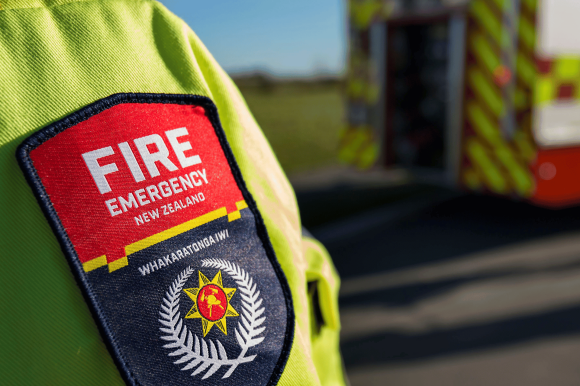Fire Plans
Fire and Emergency ran a formal consultation process on draft Fire Plans for the whole country from 15 February to 14 March 2024, 5pm. The feedback was received via our online submission form, email and at district land management forums.
| Find finalised Fire Plans on our Fire Plans page(opens in a new tab). |
Update from public consultation
Thank you to those that submitted feedback on the draft Fire Plans. All feedback was carefully considered and made a real difference in helping us improve and finalise all Fire Plans.
Through the consultation, we received 35 formal submissions. All 16 district Fire Plans received submissions. Feedback has been broadly grouped into the following sectors:
- Forestry (15 individual submissions)
- Farming and horticulture (1 individual submission)
- Territorial Local Authorities (2 individual submissions)
- Conservation (2 submissions, including a national submission)
- Emergency preparedness (2 individual submissions)
- Infrastructure-related organisations (1 individual submission)
- Other landowners (2 individual submissions)
- Members of the public (11 individual submissions)
Feedback themes included:
- use of fire control measures i.e., the fire break policy
- use of fireworks
- fire hazards and risks
- publicity methods for fire bans/restrictions
- education on the burning of rubbish fires
- trigger thresholds for setting fire seasons
- setting permanent restricted fire zones.
We’ve also received additional commentary, largely around consents administered by other agencies. As this is outside of the scope of Fire Plans, this feedback was passed onto districts, where applicable.
Why did this consultation happen?
Fire Plans are required under Section 22(opens in a new tab) of the Fire and Emergency New Zealand Act 2017 (the Act) and under the Fire and Emergency New Zealand (Fire Plans) Regulations 2018 (Regulations)(opens in a new tab). The first generation of Fire Plans created under the Act were developed and published in 2021.
As part of these regulations, Fire and Emergency must review and amend Fire Plans for each local area (reflecting either a Local Advisory Committee or a Territorial Local Authority boundary) at least once every three years and at the time of any significant change to the boundaries and other Fire Control Measures of the local area to ensure Fire Plans reflect the changing nature of communities and emerging risks they face.














